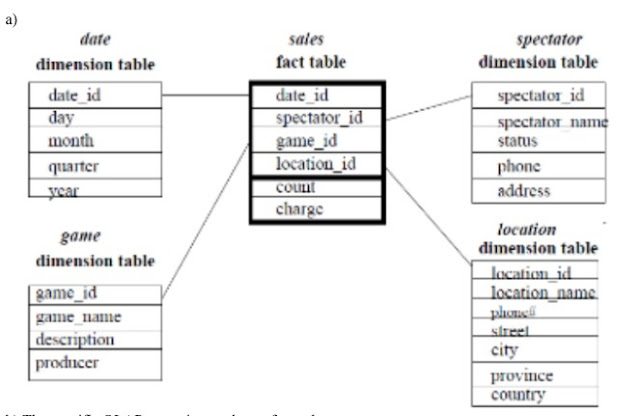Difference between data mining and web mining
Data Mining
Data Mining refers to extracting vital information or knowledge from huge data sets. Data Mining is carried out by an individual in a specific condition on a particular set of data with an objective in mind. Data can be anything such as a file, video, photos, text, etc.
Process of data mining
- Business Understandings
- Data Understandings
- Data Preparation
- Modeling
- Evaluation
- Deployment
What is web mining?
Web mining refers to the process of using data mining techniques to extract useful patterns trends and information usually with the help of the internet by dealing with it from web-based documents and services, server logs, and hyperlinks. The main objective of web mining is to discover the designs in web information by collecting and analyzing data in order to get important insights.
Web mining is further divided into three different types
- Web content mining
- Web structure mining
- Web usage mining




Comments
Post a Comment